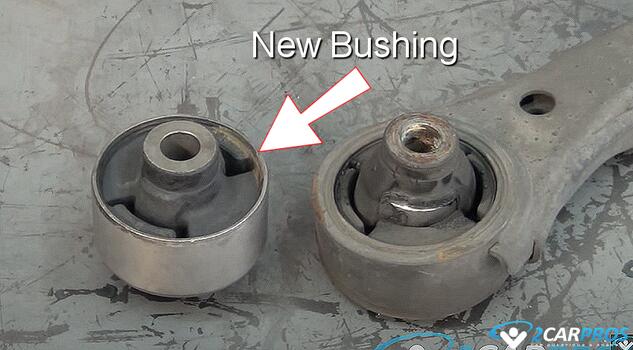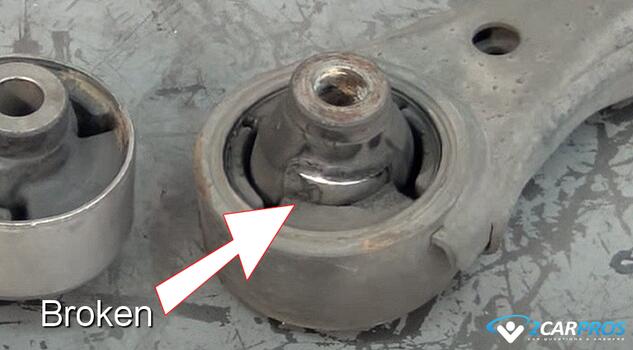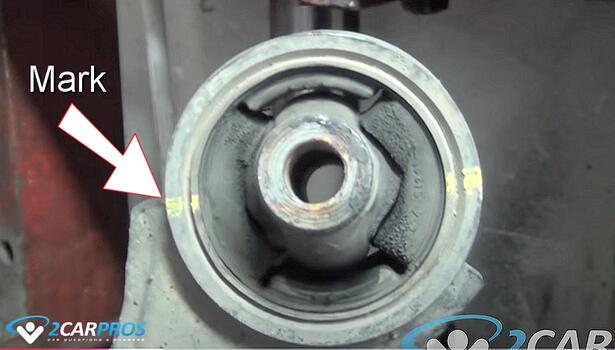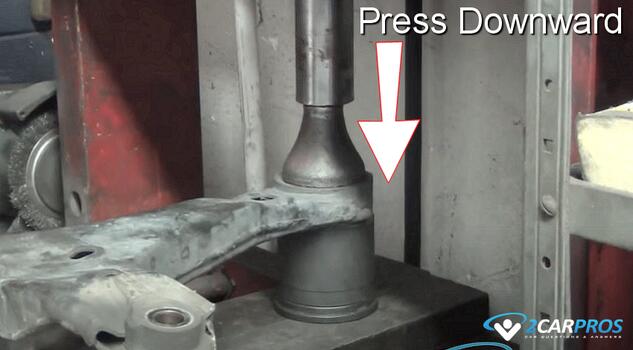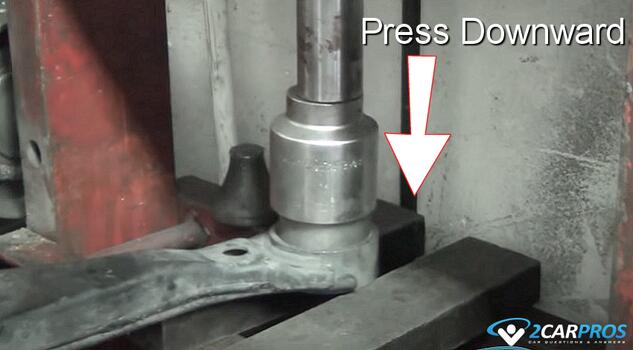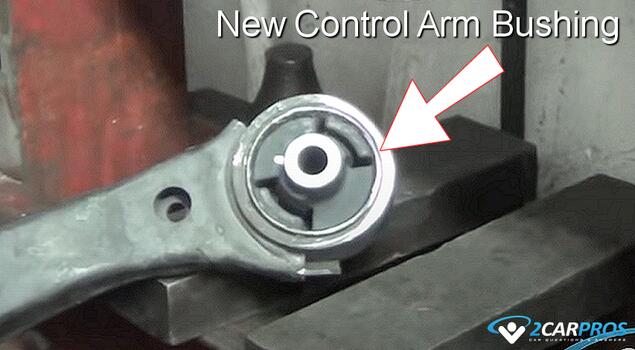Introduction
A lower control arm is designed to act as support between the car frame and the spindle which is where the tire is located. Every car is designed with control arms no matter if it is conventional, hybrid or electric. These arms consist of two rubber bushings, a metal frame and in some cases a ball joint. This arm is responsible for allowing the wheel to move while the car traverses bumps in the road.
Note: In some cases it is best to replace the entire control arm.
Tools and Materials Required
- Bushing removal and installation kit (or hydraulic press)
- Wire Brush
- Marker
- Safety glasses and gloves
- Torch (optional)
- Freezer (optional)
Lower Control Arm Bushing Replacement
Start with you car parked on level ground, with the parking brake set, raise the car and remove the wheel. Also, wear protective eyewear and gloves.
1. Remove the Lower Control Arm: This is done by releasing the ball joint and removing the sway bar link. If this job is being done on "live spring" suspension (shock) the lower control arm must be held by a hydraulic jack and then slowly lowered once the ball joint is released. Next, remove the lower control arm mounting bolts, a universal joint and socket can be used which makes the job easier. After the bolts have been removed the arm may be loose so keep your hands on it so it does not fall, if the control arm is still in its mounts firmly grasp the arm and pull it outward while moving it up and down to remove it from the frame mounts.
2. Worn Control Arm Bushings: In the image below you can see the old bushing is torn allowing the control arm to wonder around in its mounts which can cause a brake pull and irregular tire wear. Match the new bushing to the old bushing located in the control arm. It should be an identical match.
3. Remove Broken Bushing: The first step in replacing the bushing is to mark the orientation of the installation, which must be done to ensure it's correct operation, (If the bushing is incorrectly installed it will fail prematurely).
4. Press Old Bushing: A hydraulic press will be needed to remove the old bushings and install the new unit. Position the lower control arm into a hydraulic press using a press cone and cup to force the bushing from the arm. There will be an audible "pop" when the bushing starts to move. Continue pressing the bushing until fully removed from the arm. The control arm will become loose when the operation is complete, release the press and remove the arm. Clean the bushing housing on the control arm with a wire brush to remove any rust or debris.
5. Install New Bushing: Verify the correct bushing orientation and set it inside the control arm, place the new bushing into the lower control arm while observing the marks you made from the old bushing. Do not apply lubrication to the bushing case, this will allow the bushing to walk its way out of the arm while in use. Align the press and slowly force the new bushing into place while making sure the bushing stays straight during the initial press, once the press has begun the bushing will stay straight.
Pro Tip: You can heat up the control arm bushing area with a butane torch, and then freeze the bushing for easier installation, (expand the arm and contract the bushing).
6. Inspect the Bushing Installation: Confirm the correct installation of the new bushing and you are all set to reinstall the lower control arm. Some would say the car must be realigned which is the correct, but if the alignment was good before the bushing when out, it will be back in correct alignment when the job is completed.
Conclusion
Some say you can use a hammer to pound out the bushing which will work on some applications, but I would found a press works much better on newer vehicles due to the force it will take to push the bushing out, and into the control arm. Once the job is completed, test drive the vehicle to ensure proper handling and to check for any unusual noises. If the bushing removal or installation proves difficult, consider taking the control arm to a professional with a hydraulic press.
Watch the Video!
Please watch this video of the job being done to glean additional helpful information.
Credits
This guide knowledge base was created by the 2CarPros Team, and by Ken Lavacot: Automobile repair shop owner and certified master automobile technician of over 30 years. If you have question or need help please ask one of our experts we are happy to help. Please visit our 2CarPros YouTube Channel for additional car repairs.
